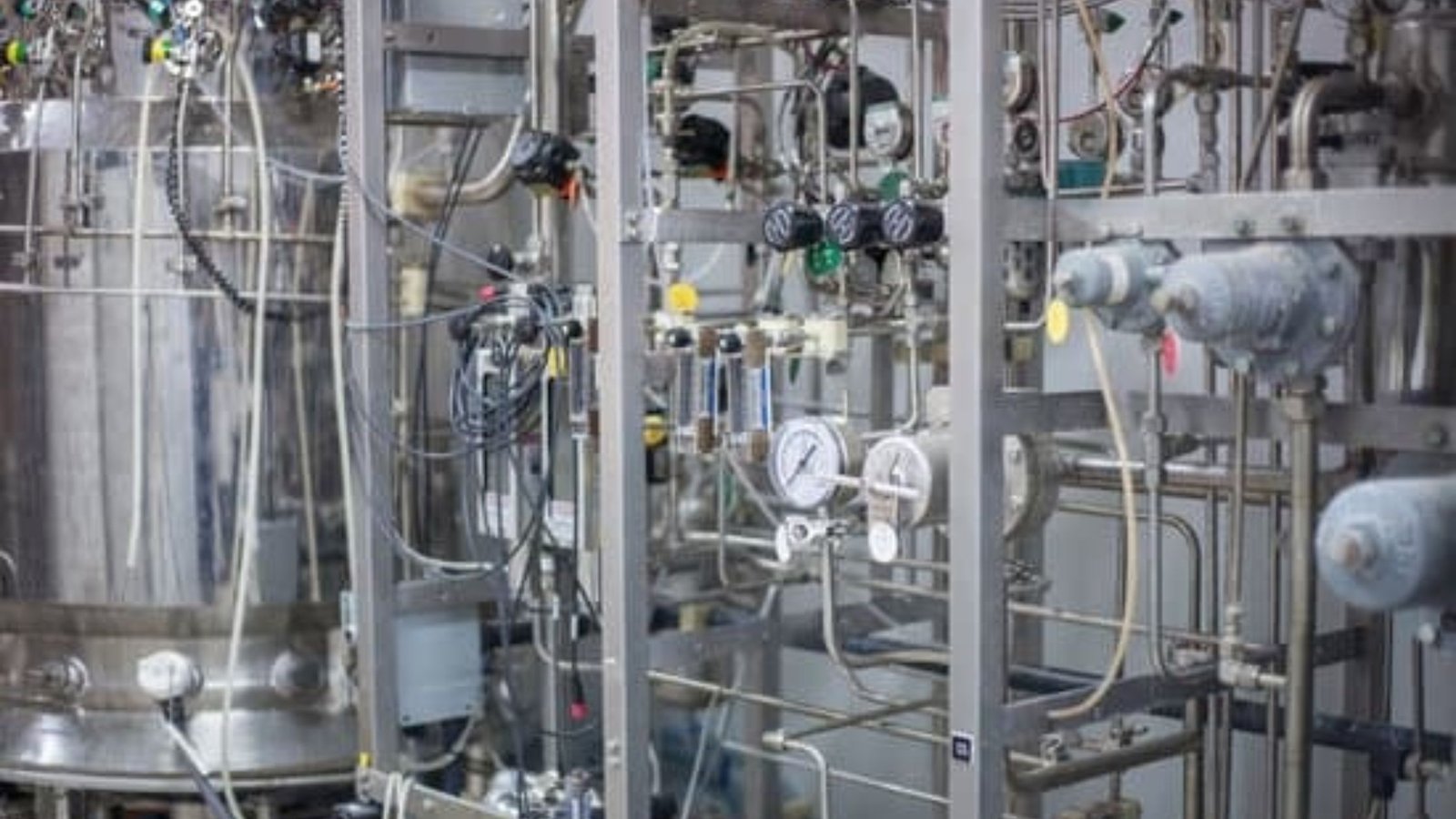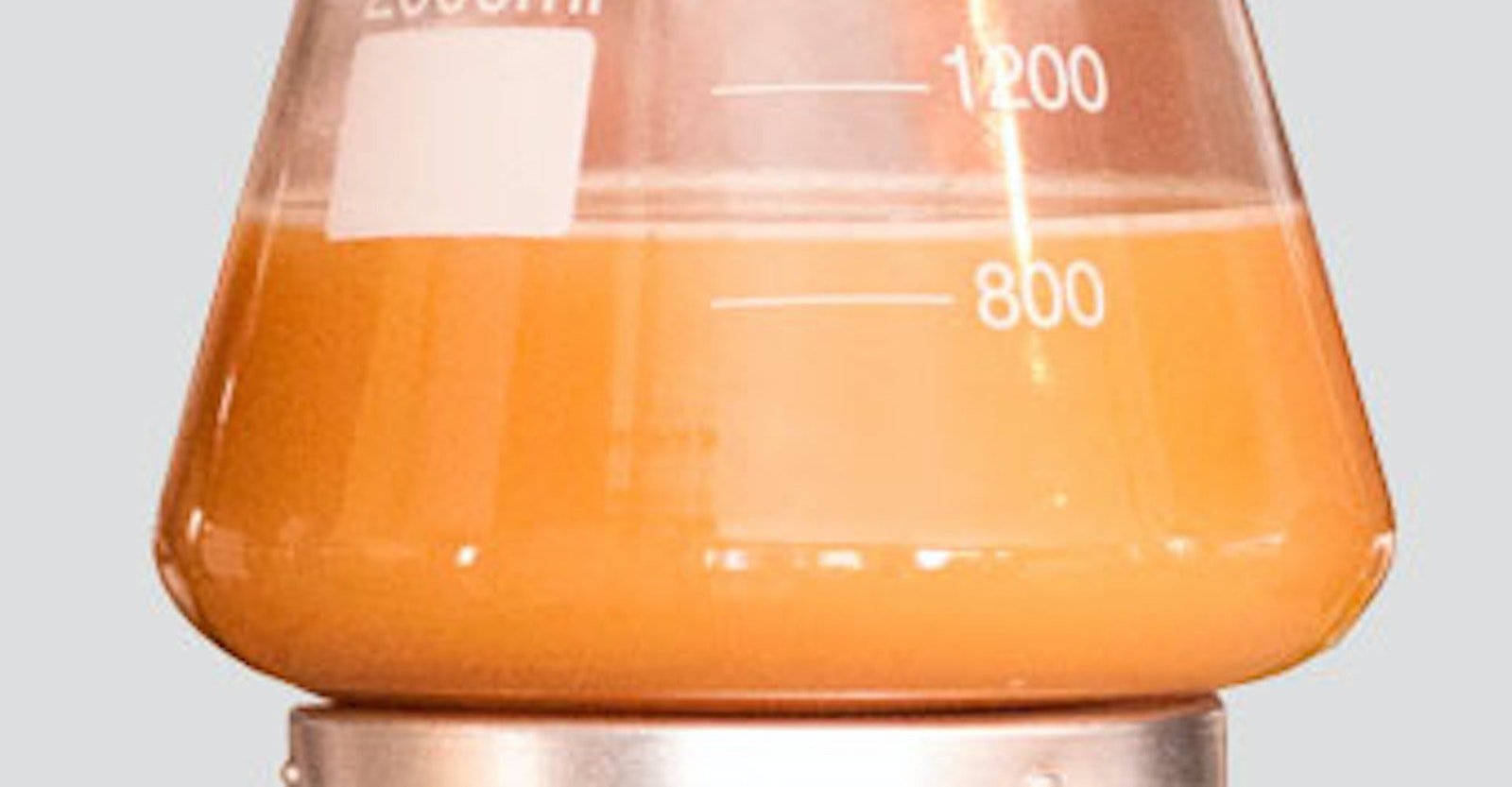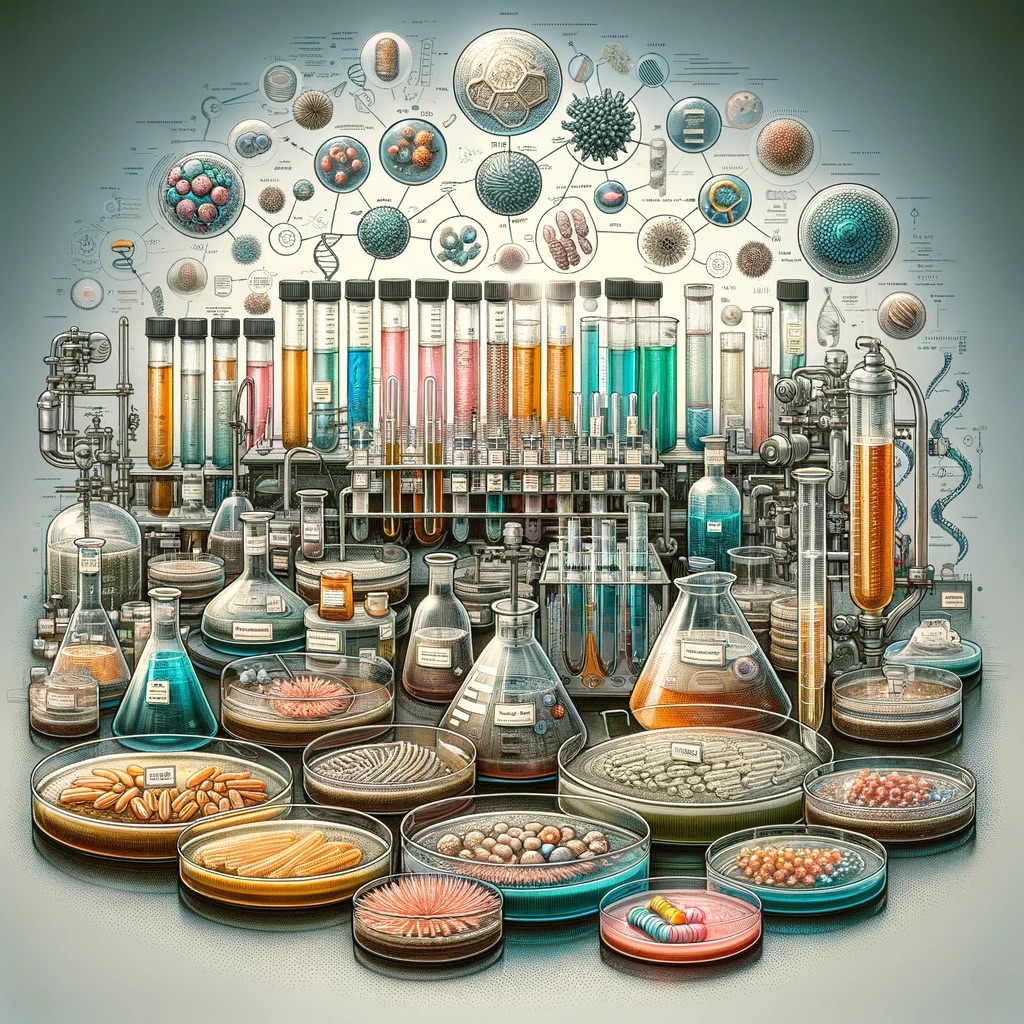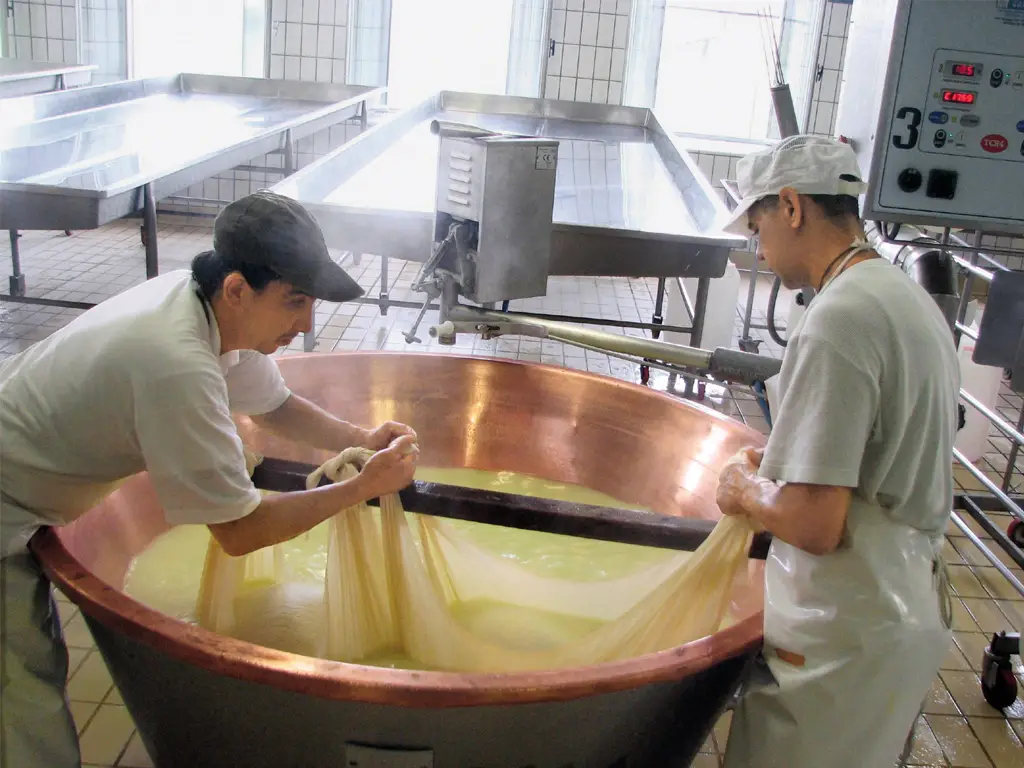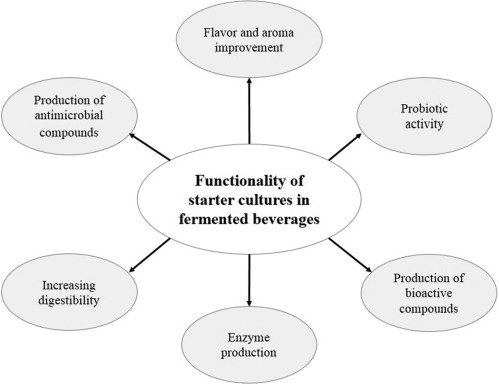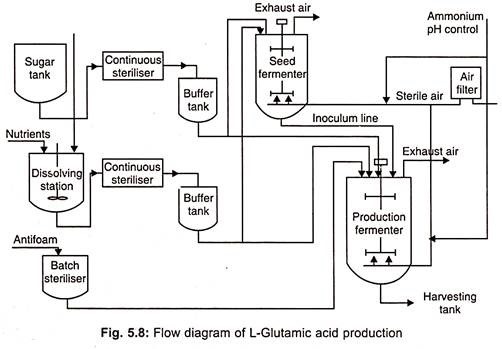Brief History And Developments In Industrial Microbiology
Introduction of Industrial microbiology History and Development in industrial microbiology The history of the evolution of industrial microbiology can be neatly categorised into three time periods: Since antiquity, many of man’s domestic processes have relied on fermentative changes. For instance, the first bread was made circa 4000 B.C. Moreover, wine was made from grapes, and … Read more

